Community / Economic Development
Detroit's M-1 Rail Line Credited for Delivering Investment—A Year Before Opening
The 3.3-mile M-1 Rail line in Detroit has been described as a boondoggle of unparalleled proportions. Boosters of the project, however, have gathering evidence of investment in neighborhoods along the route.
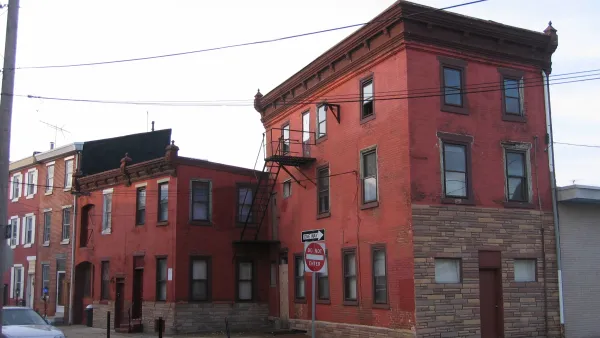
Philadelphia's Rowhouse Remedy for Gentrification
Blessed with an innate resilience, Philadelphia's brick rowhouses risk disrepair and redevelopment. Local nonprofits are looking for ways to keep this resource equitable.
A Case Study in Planning for Inclusion and Affordability
New federal programs are enabling planning processes that deliver positive outcomes for a broader scope of the population. Seattle provides an example of how federal money is supporting the success of inclusive planning processes.
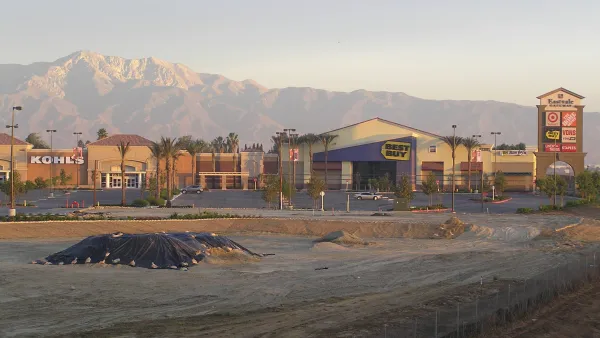
For Cities, Big-Box Stores Are Becoming Even More of a Terrible Deal
Big-box retailers' new tactic to slash their taxes is the latest example of why cities are better off saying no to the boxes and cultivating Main Streets instead.
Support for Walmart Grows Nationally
Opposition to Walmart is now holding at just 50 percent, when people are asked how they would feel if a Walmart was proposed "in your community." Support for Walmart is up 16 percentage points since 2006.
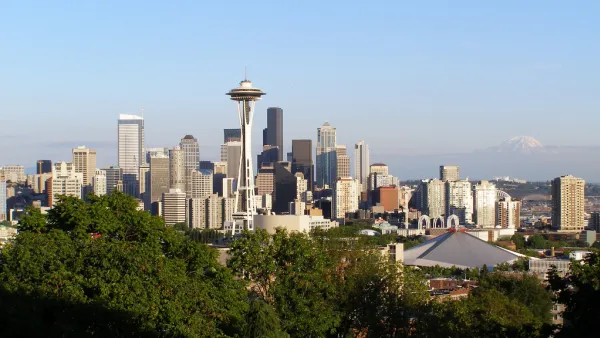
What Cities Can Learn From Companies Migrating to Downtown
The Core Values: Why American Companies are Moving Downtown report, released on June 18, 2015, provides in-depth analysis of a powerful trend of companies investing in urban downtowns.
Paterson: A Postindustrial Portrait
Once a major industrial hub, Paterson, NJ has experienced urban decline since the end of World War II. But the city is rich with history and opportunities for revival. The article chronicles how the city can avail these opportunities through design.
Learning from New York City's Economic Development Engine
Since 2012, New York City has implemented its vision for economic development through NYCEDC, a non-profit corporation charged with deploying city assets to stimulate economic growth.
'Funding Drought' Declared Over for Economic Development in Cincinnati
A year after Ohio community development groups received $0 in New Market Tax Credits for the first time ever, the Cincinnati Center City Development Corp. is ready to declare the end of the funding drought.
Responsible Tourism
Communities across America are competing for tourist dollars, but what can they do to stand out from the crowd? Ed McMahon shares ten principles to "preserve the goose that lays the golden egg."
Mo' Money, Mo' Problems: Community Edition
Do we ever reach a point as a community wherein our problems are behind us? Sorry, but no. If anything, it gets more complicated.
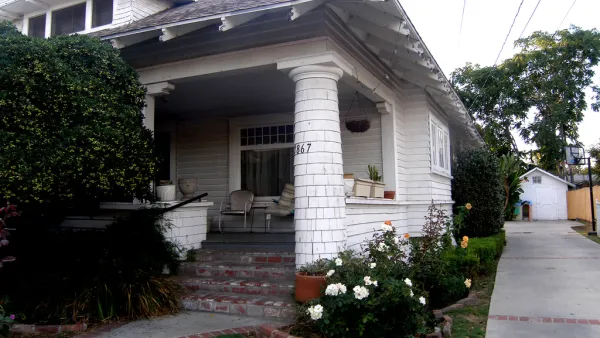
Residents Want a Say as Los Angeles Neighborhood Changes
The big market forces of Los Angeles long ignored Elysian Valley, colloquially called Frogtown. But now the neighborhood has hip cachet and residents are organizing to have a say as the area changes.
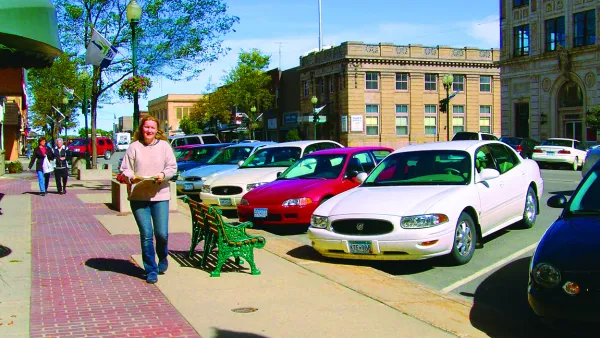
The Walkable, Healthy Rural Community: A Case Study
Albert Lea, Minnesota proves that small towns can reinvent themselves—often faster than big cities—and that walkable communities aren't only possible in urban neighborhoods.
Harvard Report: Fracking Yields Equity Gains for American Workforce
A new Harvard Business School report lays the economic and equity case for fracking—through direct and indirect job creation, America's middle class is reaping substantial wage gains and reduced energy costs. Renewables are also discussed.
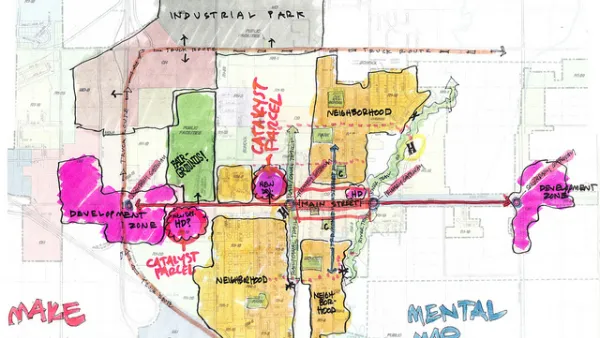
Using Neuroscience to Build Neighborhoods
The brain has a complex, ancient relationship with place. Mental maps are the manifestation of our brains' perception of place and wayfinding. These maps can have profound impacts on how residents appreciate, and improve, their neighborhoods.

Youngstown: Another Downtown Revitalizes
Earning negative press as a put-America-back-to-work campaign stop, the Ohio city also suffered from reported connections to crime. Now private developers are working alongside Youngstown State to bring people back.
Detroit's Vacant Properties Strategy Explained
The Detroit Free Press offers clear analysis of the multiple ongoing efforts in Detroit to improve vacant and blighted properties and return them to the benefit of the city's neighborhoods and residents.
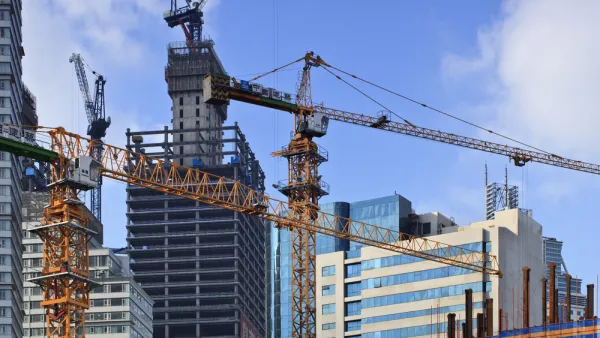
U.S. Opposition to New Development
New data from the 2015 Saint Index shows what projects provoke the most opposition in the United States when proposed "In your community."
McKinney: Public, Private Divide Often Follows Race
Urbanism media noted the growing privatization of recreation facilities, such as pools, as one of the lessons to be taken from a controversial encounter between police and black teenagers in McKinney, Texas over the weekend.

People Still Want Buses, But Buses Aren't Delivering
Urban light rail has enjoyed a renaissance since the Great Recession, but during the same period cities have quietly reduced bus service. Daniel Hertz argues that while rail is commendable, buses remain a vital transit component.
Pagination
Urban Design for Planners 1: Software Tools
This six-course series explores essential urban design concepts using open source software and equips planners with the tools they need to participate fully in the urban design process.
Planning for Universal Design
Learn the tools for implementing Universal Design in planning regulations.
EMC Planning Group, Inc.
Planetizen
Planetizen
Mpact (formerly Rail~Volution)
Great Falls Development Authority, Inc.
HUDs Office of Policy Development and Research
NYU Wagner Graduate School of Public Service


































